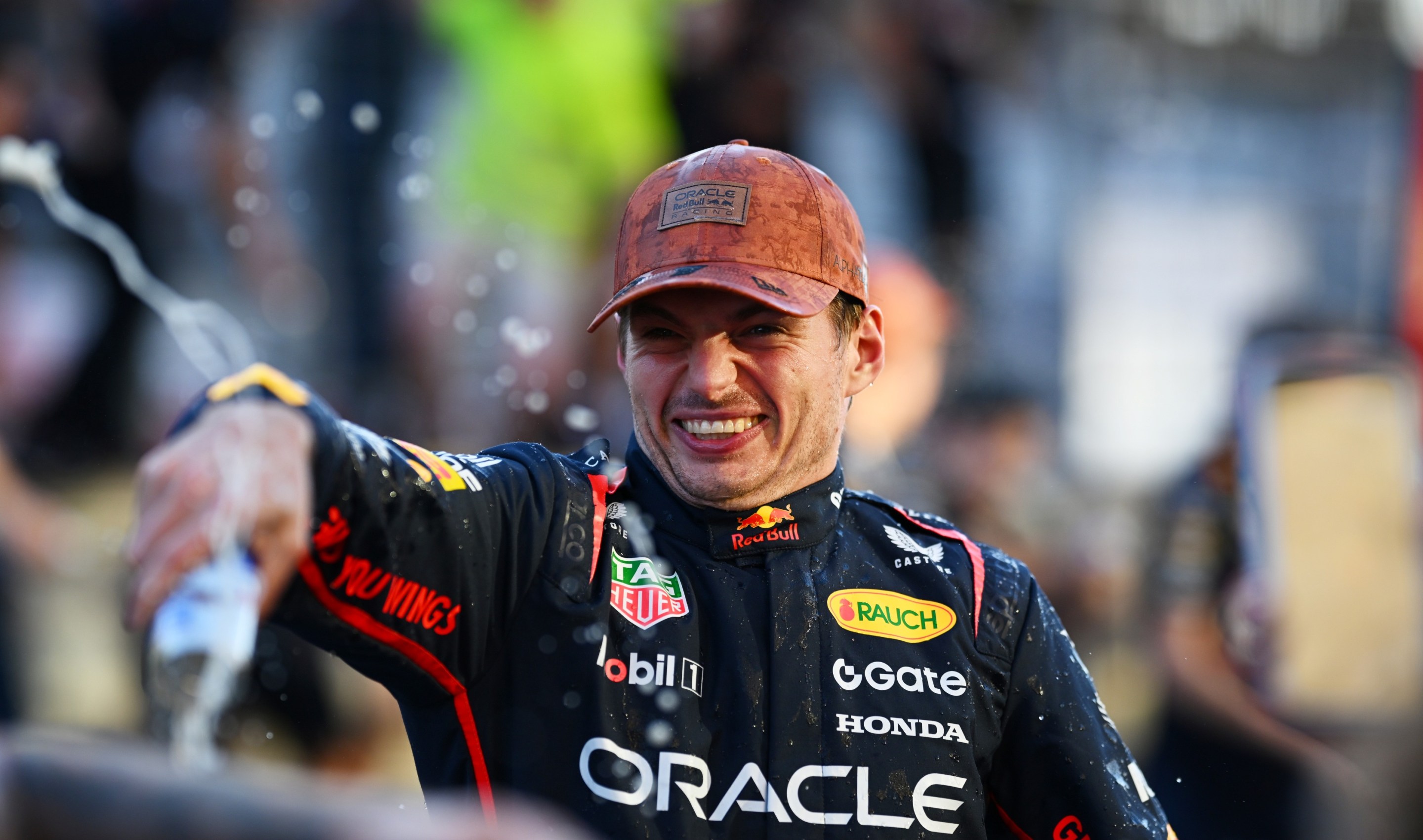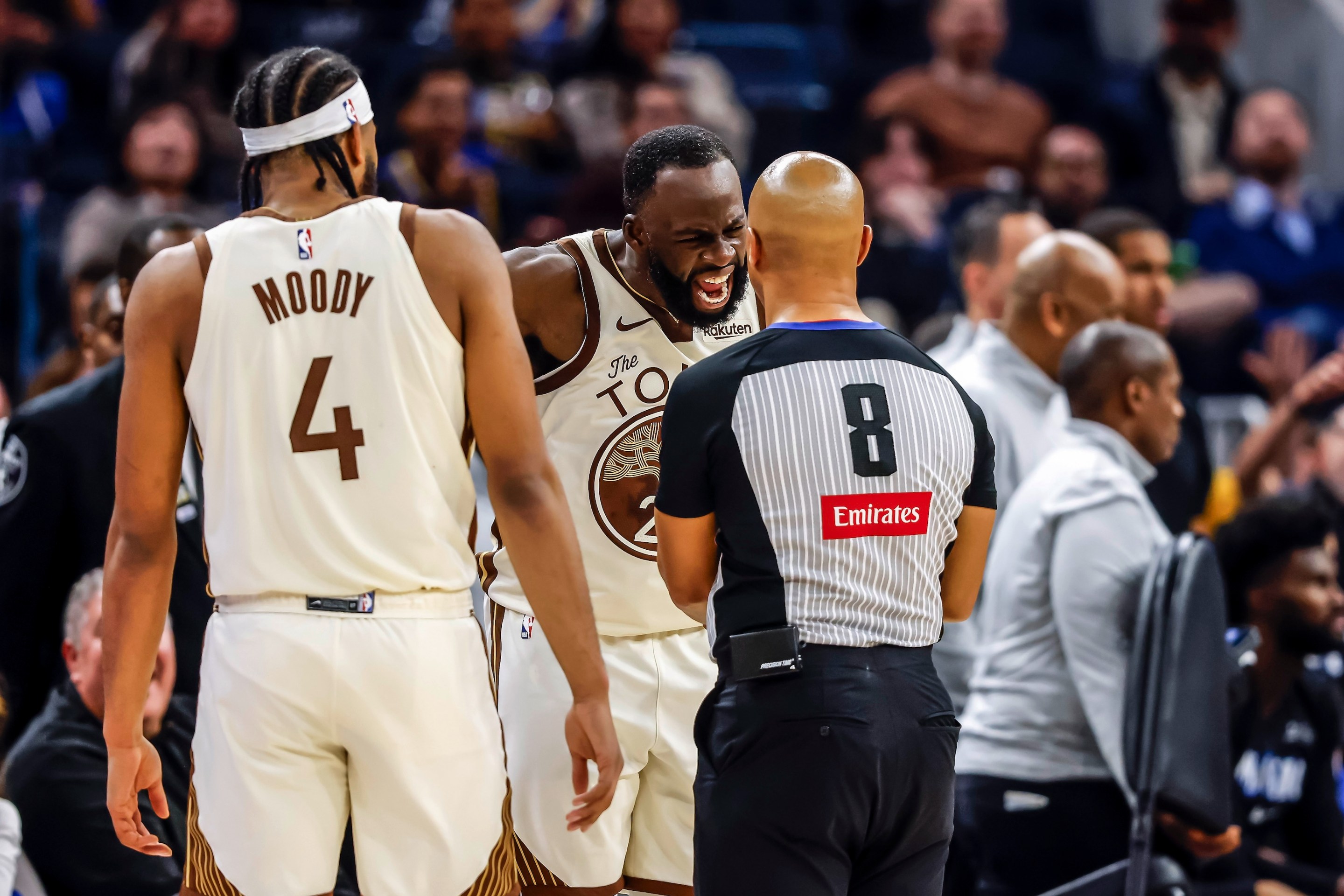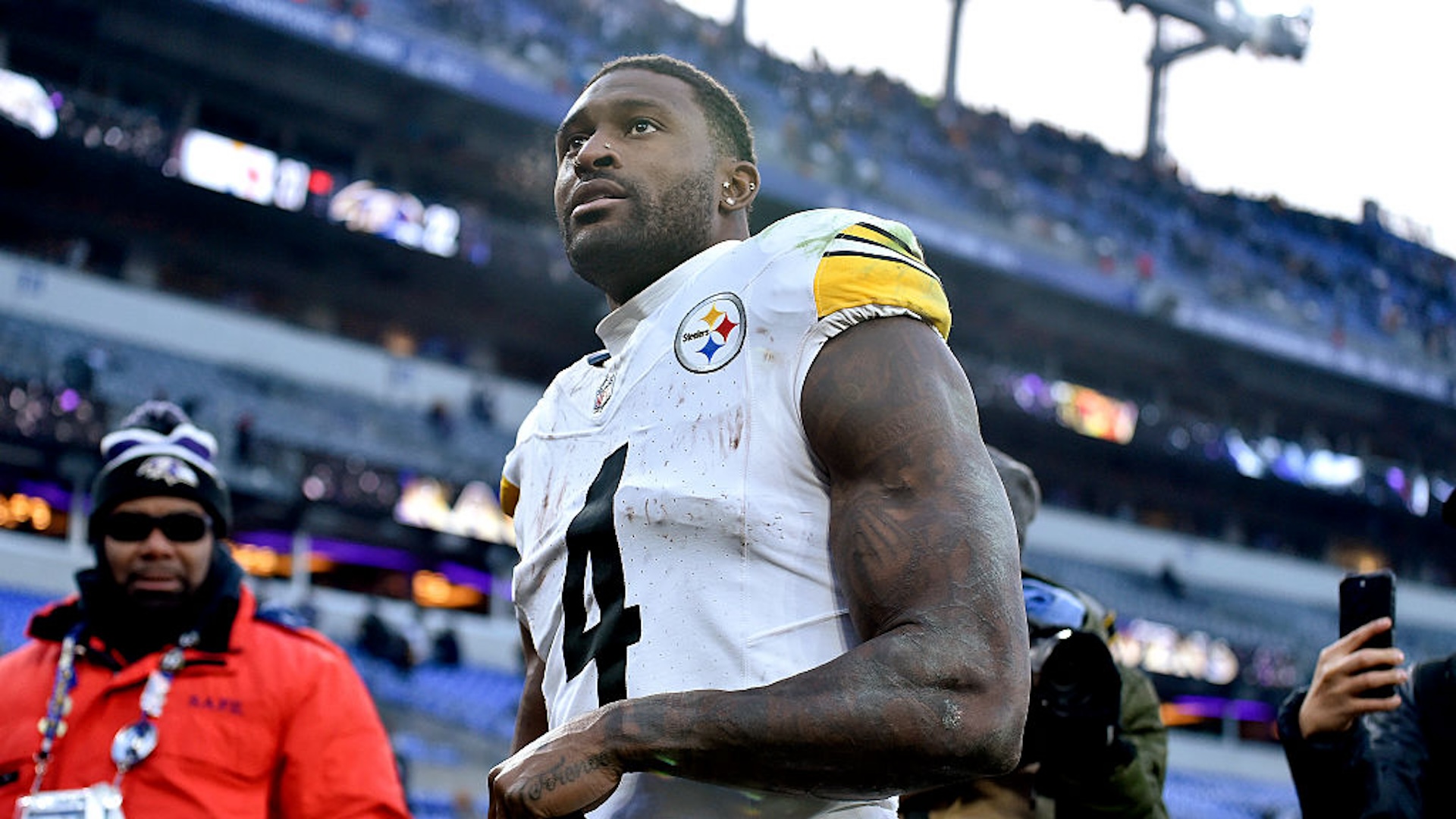After all the debate about fair application of Papaya Rules and which of Lando Norris and Oscar Piastri is really McLaren's No. 1 driver, the answer, as it is turning out, is neither of them. One race is a fluke, two is coincidence, three is when you really start considering that the car and driver have real pace, and four is when you start taking the continued failures of the championship leader very, very seriously. On Sunday's United States Grand Prix, Red Bull's Max Verstappen turned what was a funny hypothetical into a real question: Can he actually win the Drivers' Championship this year?
Let's start with the math. After the Dutch GP on Aug. 31, the first race back from the F1 summer break, Verstappen was 104 points down from Piastri in the standings, and 75 points down from Norris. He has now won three out of the four races since then. The one race he did not win, the Singapore GP, he lost to George Russell in a Mercedes, but outplaced both McLarens. Over that span of four races, he has clawed back an eye-boggling 64 points, with 23 of those points gained during this weekend's race alone. That leaves him just 40 points down from the championship leader with five races to go, two of those sprint weekends.
Which is to say that Verstappen now doesn't need outrageous luck to win the championship. If he were to win each of the five feature races and both sprints, he would guarantee a 37-point gain on Piastri; if Piastri were to place third just once in that span, they would be tied. That is the best-case scenario for Red Bull, but unlike their fluky first two-thirds of the season, where they looked at times legitimately down-and-out on pace, the best-case scenario isn't so far out of reach. Maybe it's the "fire a coach" bounce carrying over to the Formula 1 engineering landscape: Since the summer break, Verstappen has been extremely consistent on both single-lap and race pace.
The best-case scenario is also not necessary. Red Bull's newfound consistency has been paired with McLaren struggles. Slow pit stops have dogged Norris; the Papaya Rules, McLaren's attempt to avert intra-team conflict, have evolved from a simple "Just don't crash into each other" to trying to account and adjust for vaguer injustices of slow pit stops, resulting in cracks of trust that can't just be caulked over. The luxury that McLaren had halfway through the season of politely letting their drivers fight it out was, apparently, just an illusion, as was the fight for a No. 1 driver itself. Now it is looking a fair bit more like proving that either one of Norris or Piastri is cut out to be a No. 1 driver at all. At the very least, neither driver has shown enough consistency across the season for both to be performing well at the same time.
Call it nerves, or a lack of experience, or being 24 years old, but Piastri's recent pace has not been reflecting his generally cool demeanor. Prior to the Italian GP, he seemed to have sorted out the qualifying issues that set him behind Norris in previous years, but recent races have been a step back. Piastri started sixth on the grid after qualifying, and finished fifth in the race. The lasting image of his weekend will be during the sprint race, when he attempted to pass Nico Hulkenberg and wound up incidentally colliding with Norris, in a lap-one incident.
Tack on the fact that both Mercedes and Ferrari have been looking punchier and capable of stealing podium spots, if not victories, and the situation gets even dicier for McLaren. Add that the final stretch of the season has historically been the worst for both Norris and Piastri, and, well. Woof. Verstappen will not have to win every single race if Piastri is incapable of guaranteeing at least a second-place finish in each. Now, if McLaren were to pick a driver to favor to try to secure the championship from Verstappen, there is a serious question of who'd be the choice: Piastri still leads Norris by 14 points, but his recent pace has not inspired confidence that he would even be in a position for McLaren to favor him in strategy decisions.
This might a very dour reading of the situation at hand. A 40-point lead with five races to go would be viewed as insurmountable if it weren't for, well, the Max Verstappen of it all. All of this is said with the assumption that things continue as they are, and factors in the Max Verstappen of it all. If either Piastri or Norris wins next week's race in Mexico City, or Verstappen gets very unlucky and DNF at any point, it would shut up a significant amount of the chatter; if McLaren clinched a 1-2, it would be even better.
At the very least, you know that Red Bull is taking the championship battle seriously, because the team is up to some shenanigans. After Sunday's race, Red Bull was fined €50,000 because a team member reentered the grid after the formation lap started. It was later reported by the Race that the team member was attempting to interfere with a piece of tape on the track barriers that Norris uses to help position his car in the grid box, which is not illegal, though disobeying marshal orders to get on track is. Apparently this is not the first time that Red Bull have attempted to interfere with the tape, and McLaren have needed to adapt their tape technologies accordingly.
So for a less technical reading of whether or not a three-way fight for the championship is happening, you can take these sorts of petty incidents as a signifier that one is afoot. Speaking of: Remember earlier in the season when Verstappen lost his cool and deliberately crashed into Russell, saddling himself with a 10-second time penalty? It's easy to forget; it's been a long season. Of course, the odds that this will be relevant are somewhat slim—it'll only come up should Verstappen lose the championship by a margin of nine or fewer points. And of all the infinite possibilities ahead, what are really the odds that it'll come down to that?







